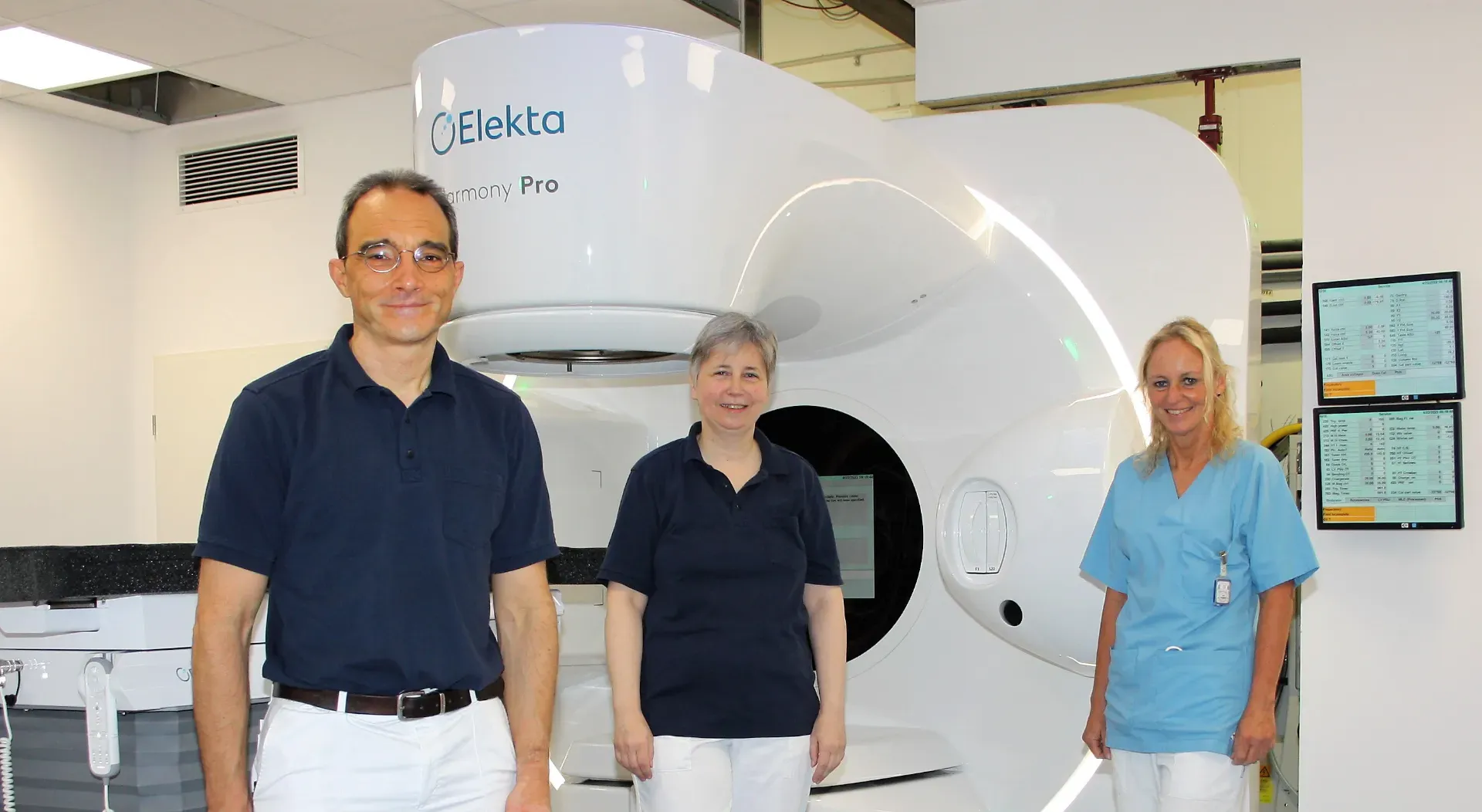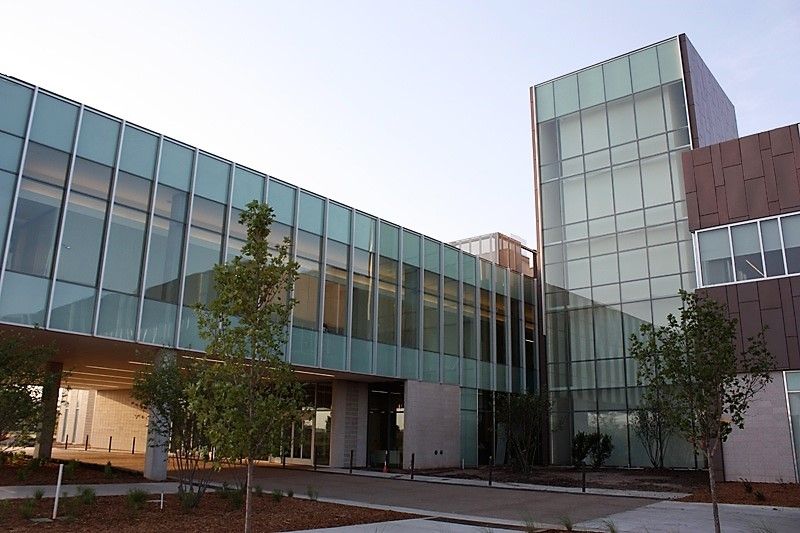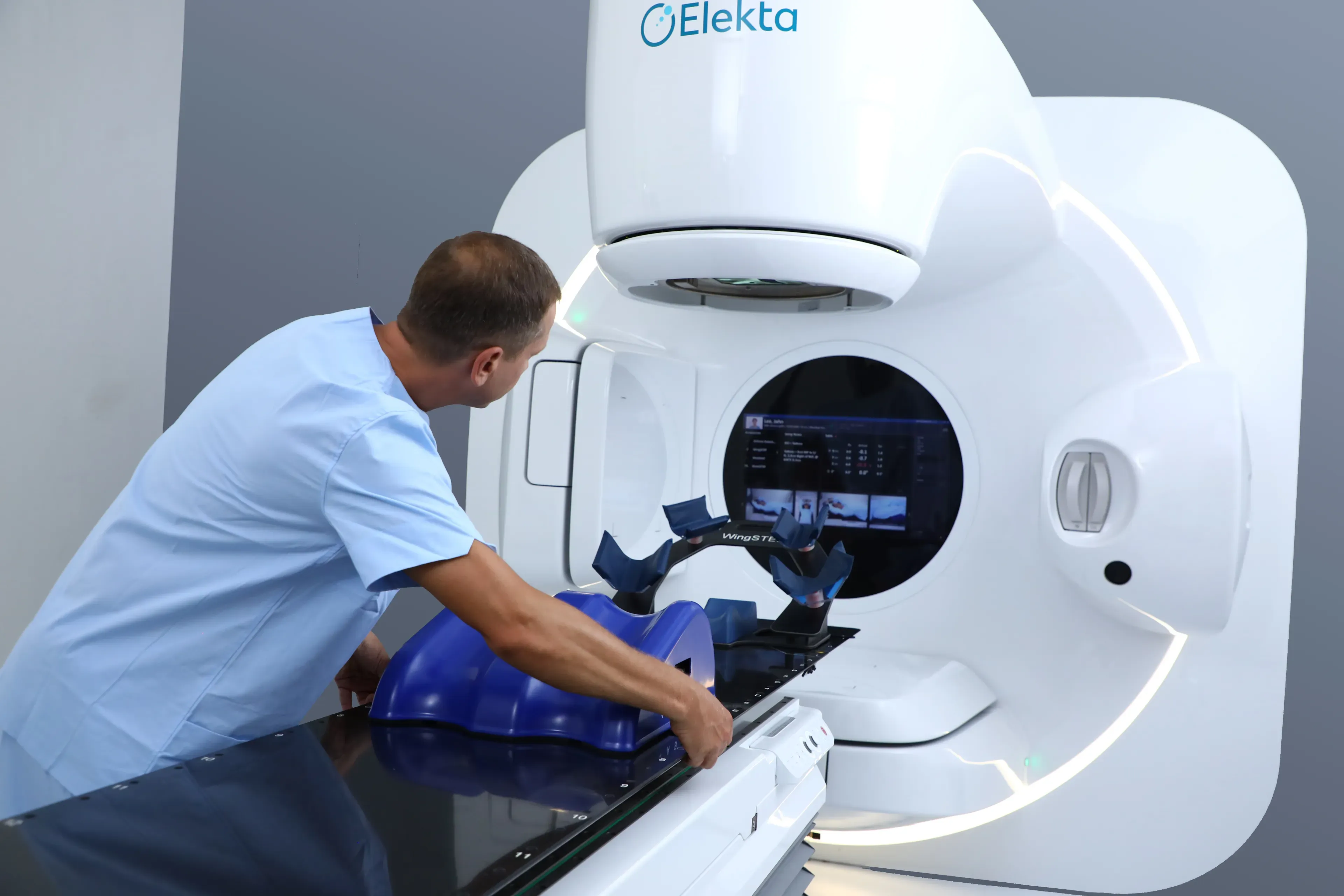After stereotactic radiosurgery, Andy can focus less on his meningioma and more on his “bucket list”

When open brain surgery failed to completely remove the large tumor in Andy Tudor’s brain, doctor’s recommended radiosurgery with Versa HD to remove the remnants six years later
Just a couple years after his 50th birthday, Andy Tudor began noticing symptoms he chalked up to old age: unsteadiness, bumping into things and general fatigue. When doctors finally put all the pieces together, Andy was rushed to hospital where he was diagnosed with a meningioma, a type of primary tumor occurring in the brain. Although it was benign (grade two), the tumor was seven centimeters at its widest, pressing on brain tissue and causing further symptoms including headaches, vomiting, disorientation, and problems with mobility of his arms and legs. “I thought I was having a stroke or suffering from dementia,” he says.
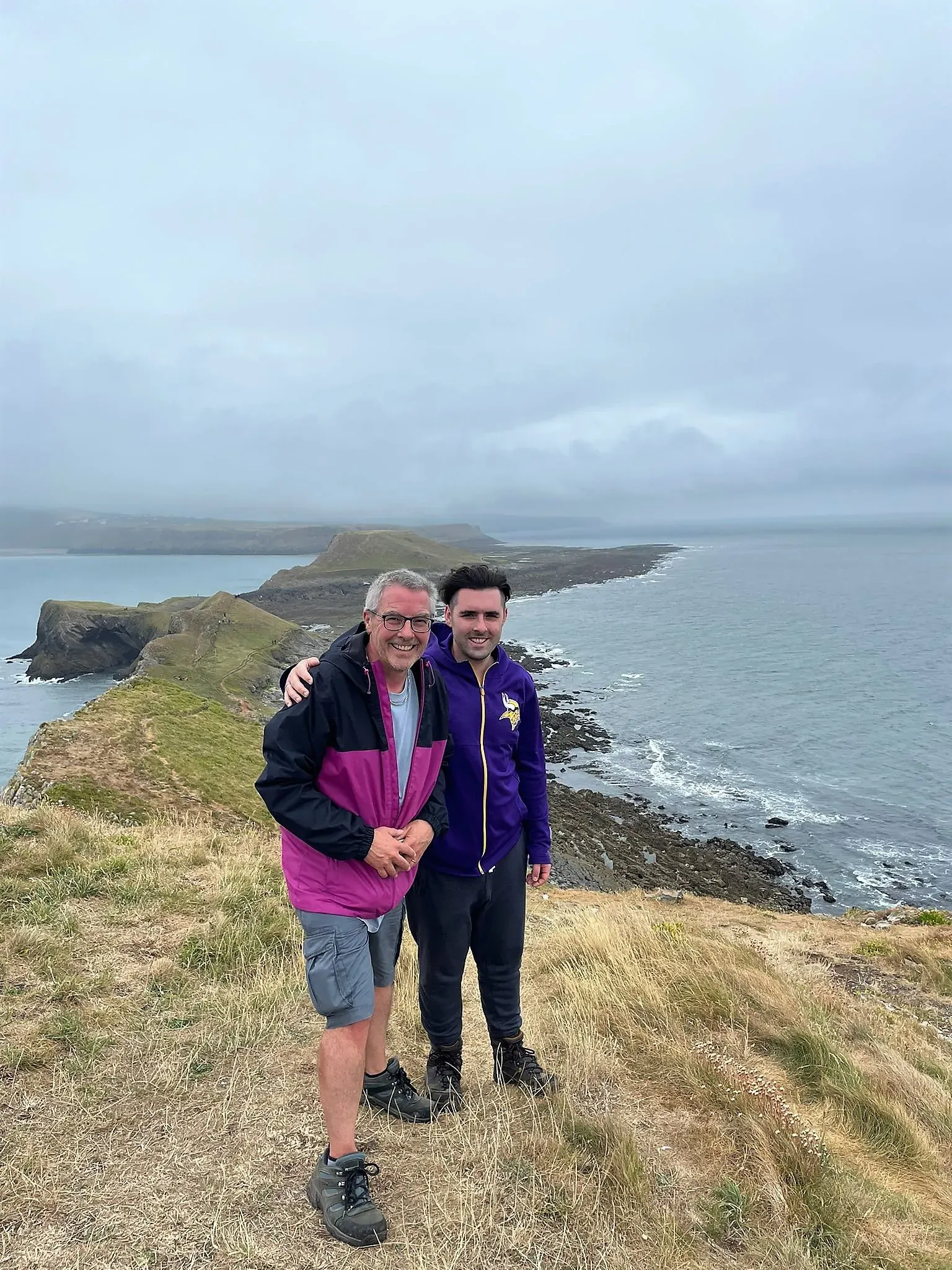
Andy says the diagnosis of a meningioma was actually a relief that he wasn’t suffering from dementia already at 52, or a stroke. The tumor was something that could be operated on, removed, taking the symptoms with it. He had brain surgery six weeks after the initial MRI scan. Follow-up scans were scheduled annually, with no sign of recurrence for four years. “Until last year, when they detected a tumor the size of a grape,” Andy says. “That was a bit of a shock.” The good news was that due to its relatively small size and being contained, the new tumor was appropriate for stereotactic radiosurgery using University Hospital Southampton’s Elekta Versa HD® linear accelerator.
Since his original treatment for the meningioma, Andy had begun devoting time to volunteer work with brain tumor charities in the UK. So, he was familiar with the concept of radiosurgery, but didn’t really know anything about the advanced treatment. “Naively, I assumed that it was a type of surgery,” he admits. “But the doctors said it was the best course of treatment and noninvasive. I was told there’s about a 90 percent success rate for tumors like mine and with very few side effects. I quite liked the sound of that. But, of course, I had to Google it and found quite convincing data about it.” Andy’s background in physics from university helped him understand the technology and he quickly came to the same conclusion as his doctors.
“…the MRI machine was more confining, more uncomfortable than the linear accelerator on which I was treated, so, all things considered, it wasn’t so bad.”
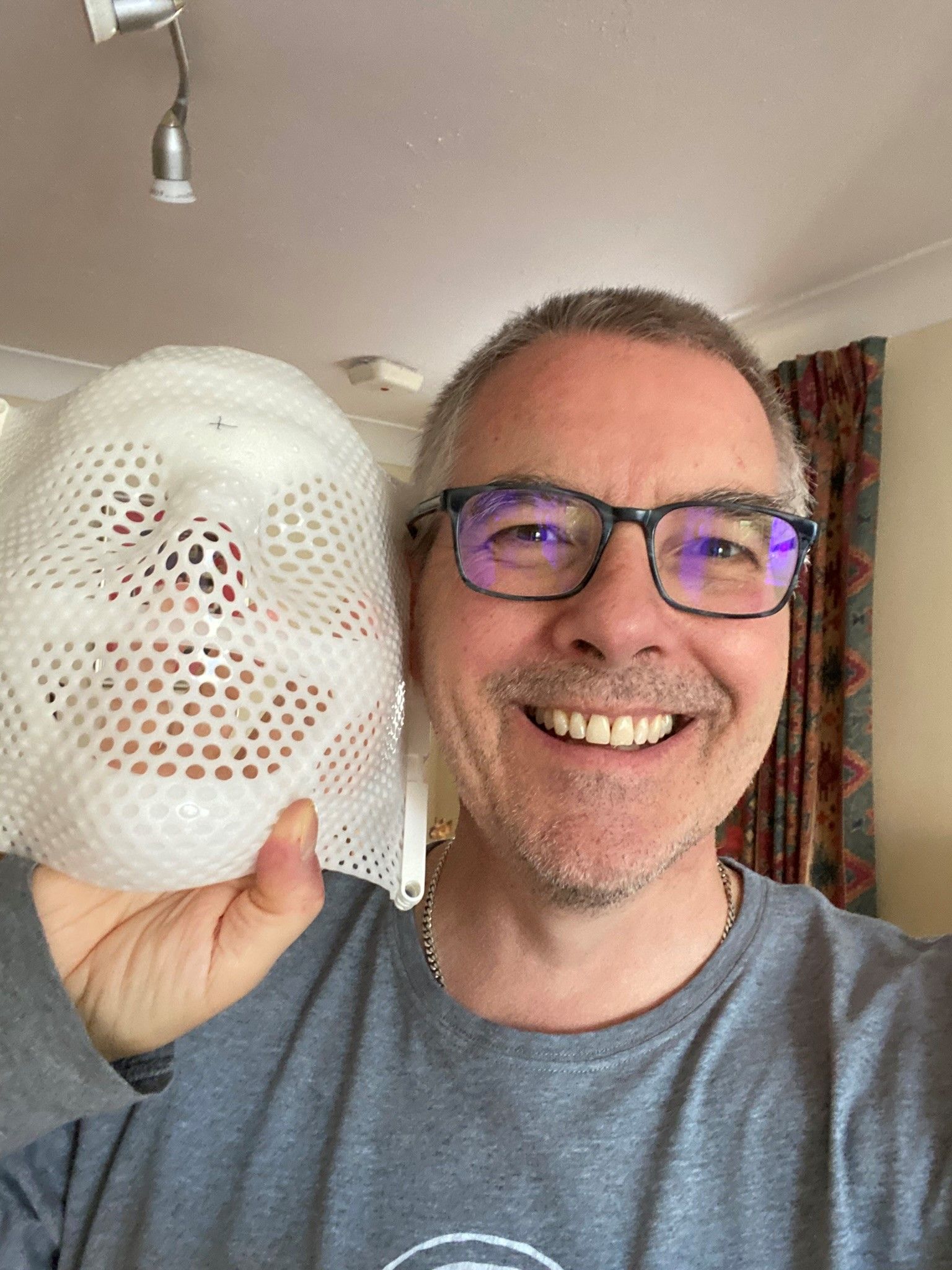
Andy has only praise for the stereotactic radiosurgery team at University Hospital Southampton in the south of England and says he received good information from them prior to his treatment. Nevertheless, he says he wasn’t entirely prepared for the fitting of the mask used to keep his head perfectly still during the high-precision radiosurgery. “I’ll be honest, it was a little uncomfortable. I’m not claustrophobic, but I didn’t like having the pliable plastic mesh placed over my face and having to wait for it to harden. But the MRI machine was more confining, more uncomfortable than the linear accelerator on which I was treated, so, all things considered, it wasn’t so bad.”
A week or two later, in March 2022, he returned to the hospital for the actual treatment. “It only took about 35 minutes, and I was able to listen to music I’d chosen. The machine is quite large, spacious, not like an MRI scanner. I was told that it might feel warm around the site where the radiation beams were entering my head, but I didn’t feel anything. I had to ask if the machine was actually on, because I didn’t notice a thing.” Andy says he also appreciated being able to wear his own clothes, rather than a hospital gown, and then being able to just leave the hospital and go home after the treatment.
“I didn’t feel anything. I had to ask if the machine was actually on, because I didn’t notice a thing.”
“The only thing I noticed was that I was more fatigued than usual for about 10 days afterwards, but they’d advised that this might be the case. One other side-effect was that a palm-sized patch of hair fell out of my scalp a short while later – that’s how I knew I’d actually been treated,” he says with a laugh. Since then, he’s returned for follow-up MRI scans, which have shown that the tumor has shrunk so much that doctors believe what they now see is only the scar tissue left behind, no actual tumor cells.
“The whole process was very impressive,” Andy says. “It’s a great relief to know that if the meningioma should ever recur, then there’s a proven treatment plan that I can follow. I wouldn’t hesitate to have it again, and again after that.” Andy’s optimism comes in part from being able to regain his active lifestyle, hiking in the mountains, spending time with his three young adult children, or meeting friends at the local pub. Just a few months after his radiosurgery treatment, Andy and his family could hike a peninsula in South Wales called Worm’s Head, one of the items on Andy’s “bucket list.”
Learn more about what to expect before, during and after radiation therapy with a linear accelerator.
LARVHD230321

